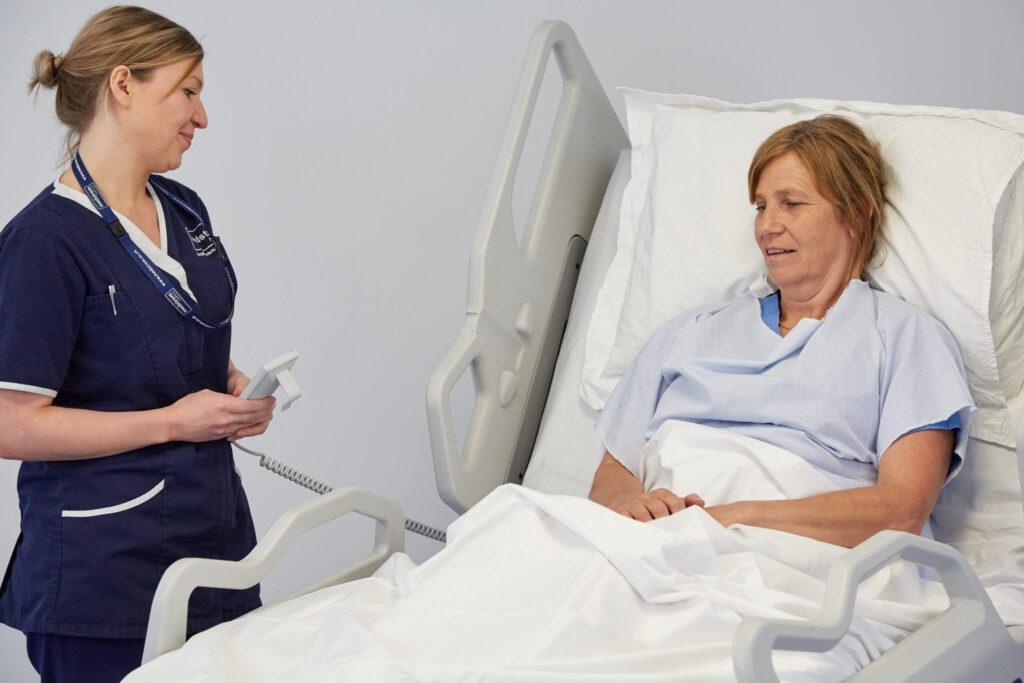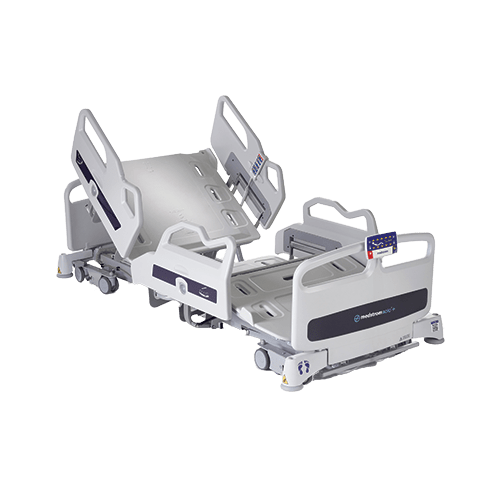Dark Skin Tones: Terminology & Tools for Accurate Assessment
Dark skin tones, plus the knowledge and skills required for accurate assessment were the key topics within Medstrom’s recent webinar. Watch the recordings below from each of our three guest speakers, who offered a clinical insight into the practices, research and education of dark skin tones assessment.
1. Understanding the Best Terminology and Tools for Assessment
Within Jacqui’s session she focused on the Best Practice Statement published by Wounds UK. In particular, the tools and terminology surrounding skin assessment and whether it was inclusive of dark skin tones.
The ‘React to Red’ campaign was used as a crucial example within this examination, whereby Jacqui outlined the contributing factors to erythema and how using a single colour as an indicator does not apply to all skin tones (see more on the ‘React to Red’ discussion within the Q&A session).
Moreover, Jacqui stressed how the Best Practice Statement aims to put clinicians at ease when discussing skin tone in order to ensure optimal care is being provided to every single patient. She explained why ethnicity cannot be used a a proxy for skin tone, placing emphasis on using accurate descriptors and acknowledging cultural differences.
2. What does the research tell us?
Neesha’s presentation looked at the recent research she has undertaken assessing health inequities in the teaching around pressure ulcers. This is the first research of its kind, with the aim to critically evaluate the education of student nurses.
Her results identified that dark skin tone assessment in relation to pressure ulcers was heavily under-researched and available literature often showed poor methodological quality. What’s more, there is a limited number of contemporary studies, prompting the question: “What were students being taught?”
Neesha expanded upon her research with 5 different universities and revealed what necessary steps must be taken to facilitate the conversation around dark skin tones and enhance the educational materials available to nurses.
3. How can we improve our knowledge and skills when assessing dark skin tones?
“Nurses love using their senses. Touch and feel are still key!” – Luxmi Dhoonmoon
Whilst Luxmi emphasised self-reflection in terms of diversifying teaching materials, she was keen to highlight the power of using essential nursing techniques for assessment of dark skin tones. For example, using your ‘magic finger’ to check temperature, firmness, inflammation or pain. Plus, remembering to check against another area on that patient’s body as a reference.
Her session addressed evidence suggesting that patients with dark skin tones often have a higher proportion of pressure ulcers above Category I. With better skills and knowledge to accurately assess dark skin tones, hopefully more skin damage would be recognised at the earliest stage.
Finally, Luxmi mentioned the importance of communication with patients. Being confident to talk about what you see and working in partnership to deliver the best outcomes for that patient.
More information is available on this topic via the Best Practice Statement, ‘Addressing skin tone bias in wound care’, in which each of our speakers named as co-author.
Discover more about pressure ulcer treatment and how surface technology affects patient outcomes in Medstrom’s ‘Science of Surfaces’ series.







